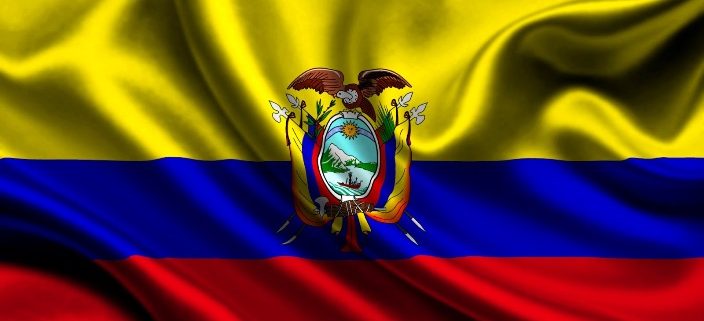Ecuador joins EU trade agreement with Colombia and Peru
Ecuador has recently joined the free trade agreement of the European Union with Colombia and Peru, with the signing of a Protocol of Accession initialed by European Commissioner Cecilia Malmström.
The agreement will open markets between the two sides, increase stability and predictability for trade and investment in both directions, and foster inclusive and sustainable development
In Malmström’s statement, “this agreement marks a milestone in relations between Ecuador and the EU, and creates an appropriate framework to strengthen trade and investment on both sides. It is important that the agreement enters into force soon so that exporters, workers and citizens can begin to enjoy its benefits. We must create more trade between the two sides, as trade is a key factor for growth and jobs in the EU, but also for an economy like Ecuador, a country that wants to diversify and integrate into global value chains. It creates a base for European companies and an anchor point for reforms in Ecuador”.
The Commissioner signed the Protocol of Accession together with the Slovak Presidency of the European Union, represented by the Minister of Economy of this country, Peter Žiga, as well as with the Vice-President of Ecuador, Jorge Glas, the Colombian Ambassador, Rodrigo Rivera, and The Ambassador of Peru, Cristina Ronquillo De Blödorn. The agreement now requires the approval of the European Parliament before it can be provisionally applied
This treaty will eliminate tariffs for all industrial and fisheries products, as well as increase market access for agricultural products, improve access to services and public procurement, and further reduce technical barriers to trade
Once fully implemented, EU exporters will save at least € 106 million in tariffs each year, and Ecuadorian exports will save up to € 248 million in duties abolished.
It is an asymmetric agreement, conceived according to the development needs of Ecuador. Reductions in tariffs will only be implemented gradually over seventeen years, with the result that the EU will liberalize almost 95% of tariff lines upon entry into force, and Ecuador about 60%. According to the Commission’s estimates, the impact on Ecuador’s GDP could be considerable.
The agreement will allow Ecuador to benefit from better access to its main exports to the EU, such as fishery products, cut flowers, coffee, cocoa, fruits and nuts.
Bananas will also benefit from a preferential tariff, but there will be a stabilization mechanism that will allow the Commission to examine and weigh the suspension of preferences if an annual threshold is reached, as is currently the case in trade agreements with Colombia, Peru and Central America.
The EU agricultural sector will benefit from increased market access for its products, as well as the protection of some 100 EU geographical indications in the Ecuadorian market
Benefits can also be expected for the EU in specific sectors, such as new access to the vehicle and machinery market.
The proposed agreement also includes commitments to effectively implement international conventions on labor rights and environmental protection, which will be monitored through the systematic involvement of civil society.
The agreement will strengthen regional integration, as Ecuador will become the third member of the Andean Community (along with Colombia and Peru) included in the trade agreement. This agreement also maintains open the possibility that the fourth member of this Community, Bolivia, will try to join the agreement if it so desires.
With this trade agreement, the EU continues to strengthen its relations with Latin America and progress in its ambitious trade agenda with this part of the world.
Bilateral merchandise trade between the EU and Ecuador amounted to € 4.6 billion in 2015.
The EU exported 2 billion euros to Ecuador and imported 2.6 billion euros
Source: European Commission







